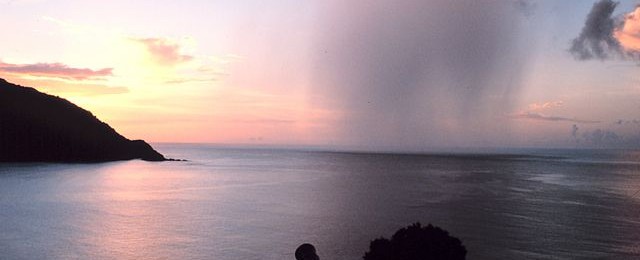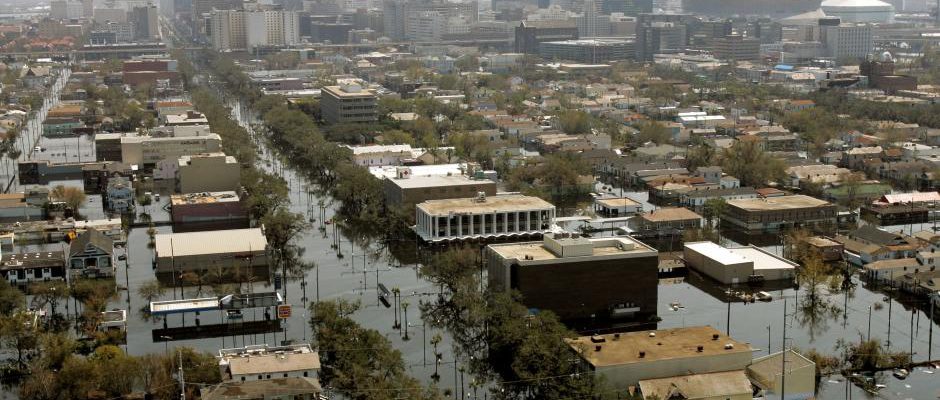Climate and Ag in the news
-

A new research study published recently in Geophysical Research Letters indicates that in a warmer climate the swings back and forth between El Niño and La Niña may amplify, making year to year variability between the different phases more extreme. It may also make differences from one place to another larger in a given event.…
-

Thirteen years ago today, Hurricane Katrina came onshore in eastern Louisiana. While the winds were down to 75-80 mph, the storm surge was massive, in some places higher than 28 feet, and wiped out blocks along the coastline stretching from the Florida Panhandle well across most of Louisiana. Two days later, New Orleans started to…
-

Thirteen years ago today, Major Hurricane Katrina was barreling north towards the Gulf Coast as a category 5 storm. Robert Ricks of the National Weather Service put out one of the most chilling weather forecasts that I and my husband (also a meteorologist) had ever seen. Sadly, some people and even news agencies thought it…
-

If you’ve ever wondered how the global average temperature is calculated, especially considering that we don’t have surface temperature observations at many point on the globe (especially the poles), then this article is for you. The Climate Lab Book blog from the U. K., provides an excellent scientific overview of how a global mean temperature…
-

After a very quiet couple of months, the Atlantic tropics are beginning to heat up, just as the most active period of hurricane development begins. The sea surface temperatures, which were near record-setting cold earlier in the year, are now close to normal, and the plumes of Saharan dust which were also inhibiting storm formation…
-

Scientists for the past 100 or more years have known that the climate is changing due to the addition of carbon dioxide into the atmosphere. Basic physics tells us that if you add more greenhouse gases to the atmosphere, things are going to warm up. And we know that most (but not all) of the…
-

Today’s weather oddity comes from Atlas Obscura, who noted in an article this week that the height of the Washington Monument was almost half an inch lower than originally built due to repeated lightning strikes on the top, melting the metal cap. You can read more about this fascinating story at https://www.atlasobscura.com/places/washington-monument-lightning-rod.